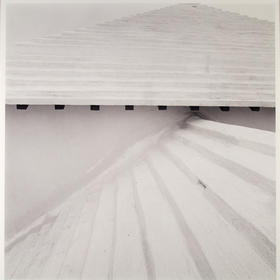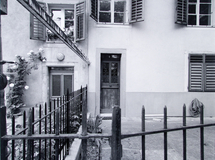Questioning
It seems as though the medium of photography is constantly undergoing major shifts: in tech, in color technology, in printing, in analog to digital, with DSLRs to Mirrorless, in popularity as an art form, from print-based to screen-based, and so on.
In the 1970's one of the aspects taking place, besides major recognition that photography was a viable means of artistic expression, was that a few were calling into question photography's innate characteristics, meaning its veracity or accuracy.
Previous to this, photography's accuracy was pretty well taken for granted. Think Ansel Adams, Edward Steichen, Bernice Abbot, Cartier Bresson, and so on. But some younger artists were beginning to question all those assumptions. Micheal Bishop was one of those that come to mind. American, from the West Coast, he did a short stint at MIT. Thanks to Minor White, MIT was a hotbed of lectures, shows, symposia, and presentations in those years. I went to many of them and found myself sitting at a slide show Bishop gave one afternoon in Cambridge on the top floor of the building where photography was taught at MIT. His pictures blew me away.
Quiet, unassuming but brilliant, he showed us pictures he'd made with a tilt-shift lens on a Nikon camera.
Like this:
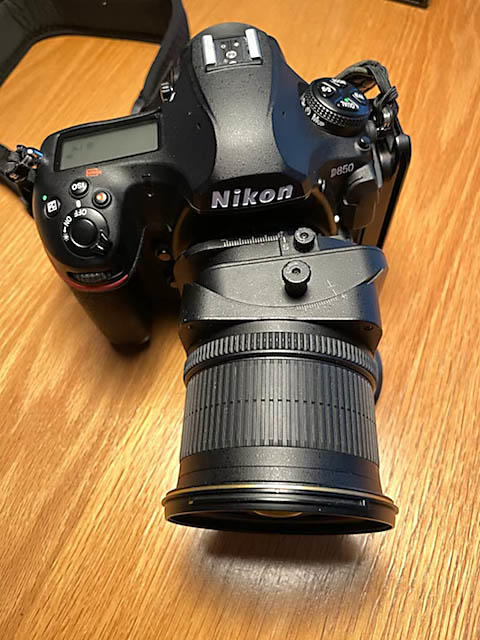
These weren't pretty or even particularly good technically but they were shocking nevertheless. He was using the lens in unintended ways to question our belief system in photography ingrained over generations.
A book of these pictures came out a little later. I still have it:

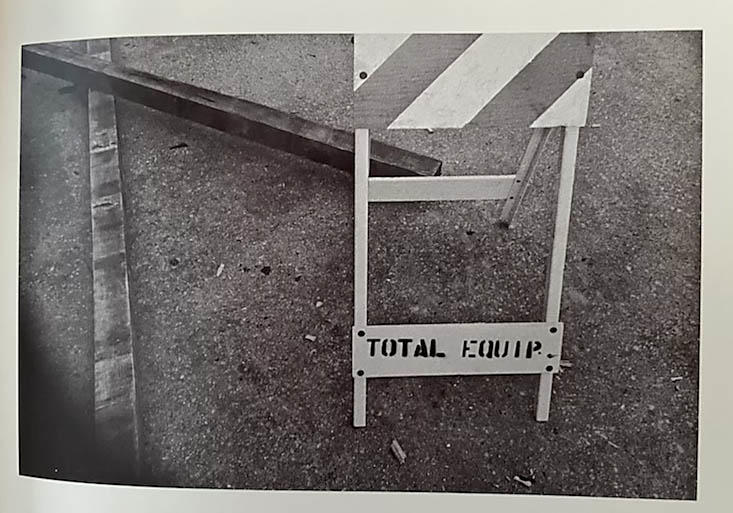
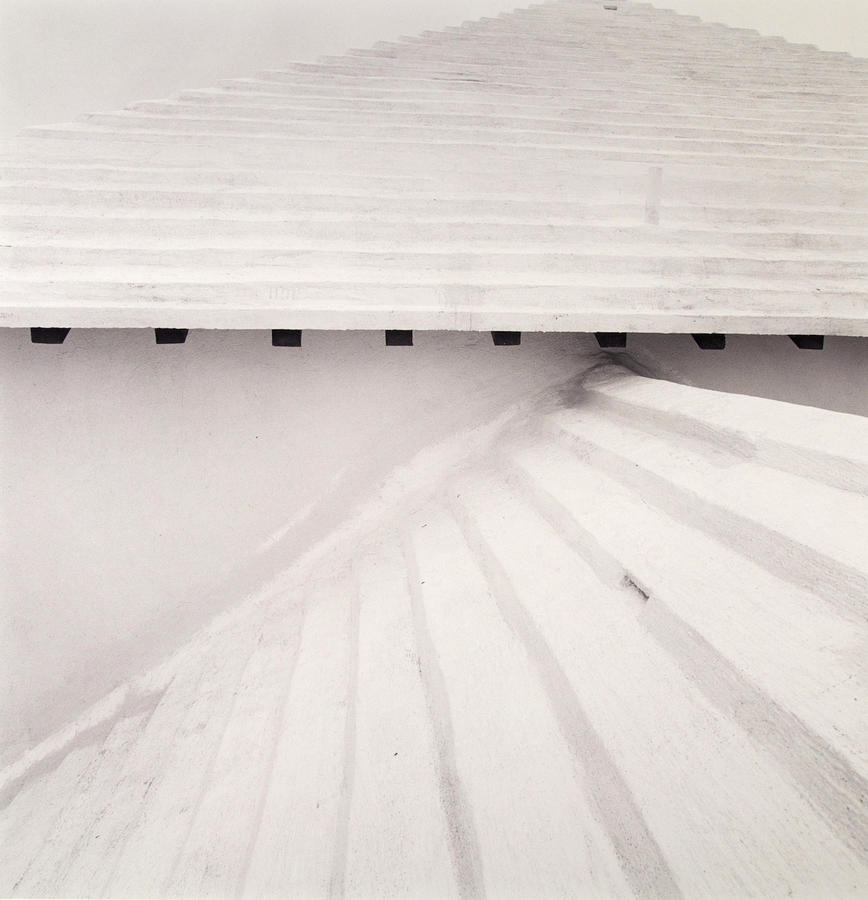 and was in my head when I was making pictures in Bermuda, like this one from the Bermuda Portfolio, in 1982. Surface and space in the exact same tonality? What is photography's ability to differentiate between the two?
and was in my head when I was making pictures in Bermuda, like this one from the Bermuda Portfolio, in 1982. Surface and space in the exact same tonality? What is photography's ability to differentiate between the two?
Or this one in color:
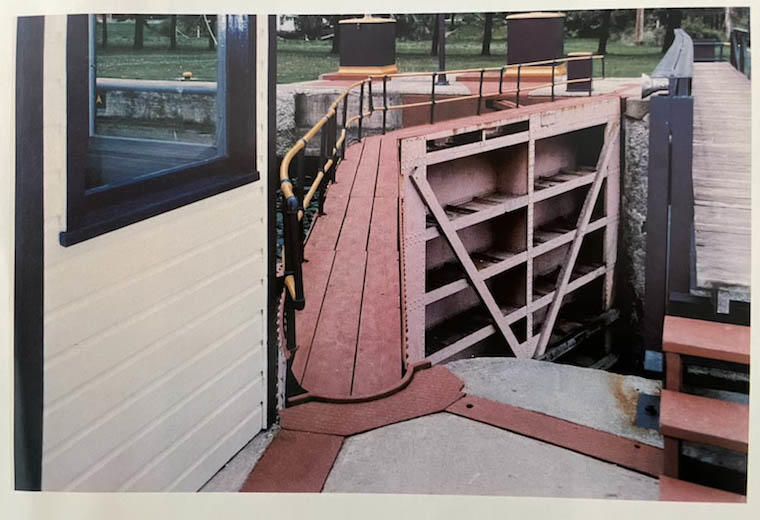
All this so much still in my head that I went out the other day to reapproach a particular subset of Michael Bishop's premise:


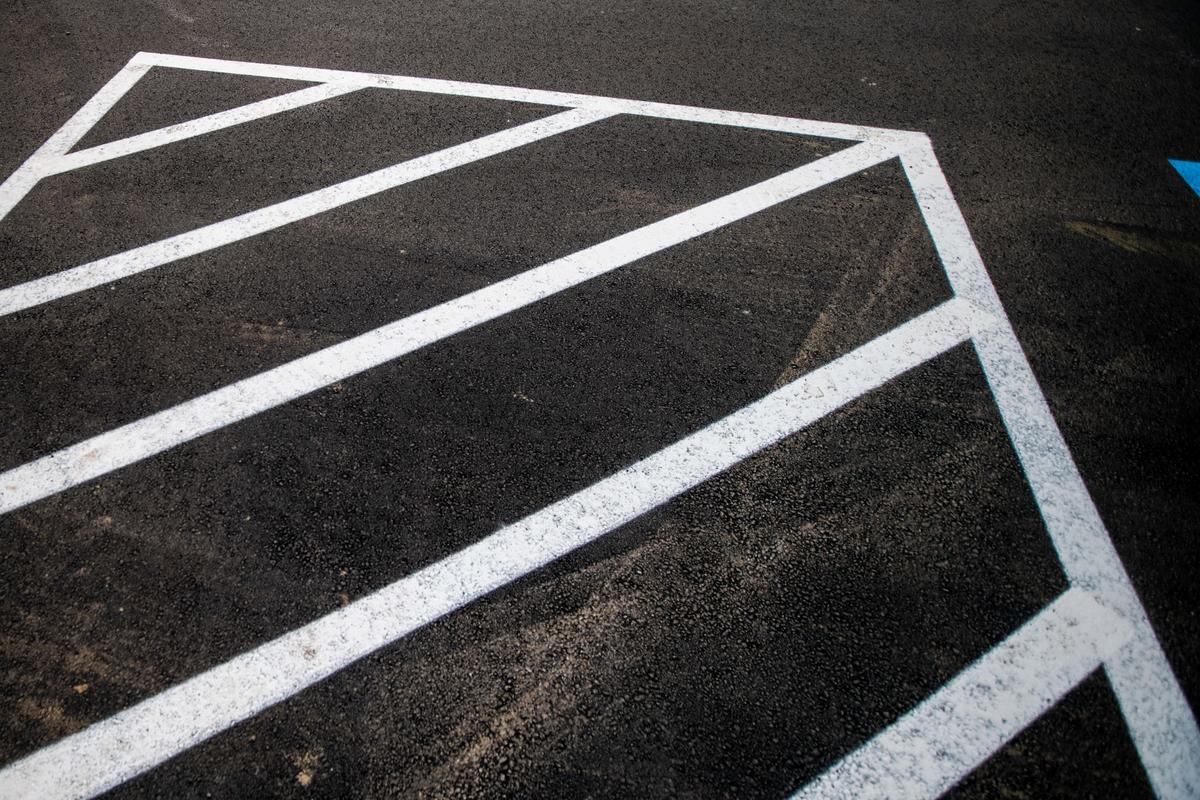
I don't know what happened to Bishop but his work provoked and expanded my understanding of my chosen discipline for many years to come and I am most appreciative.
Like reading this post?
Subscribe to make sure you don't miss any. Feel free to leave a comment too.
